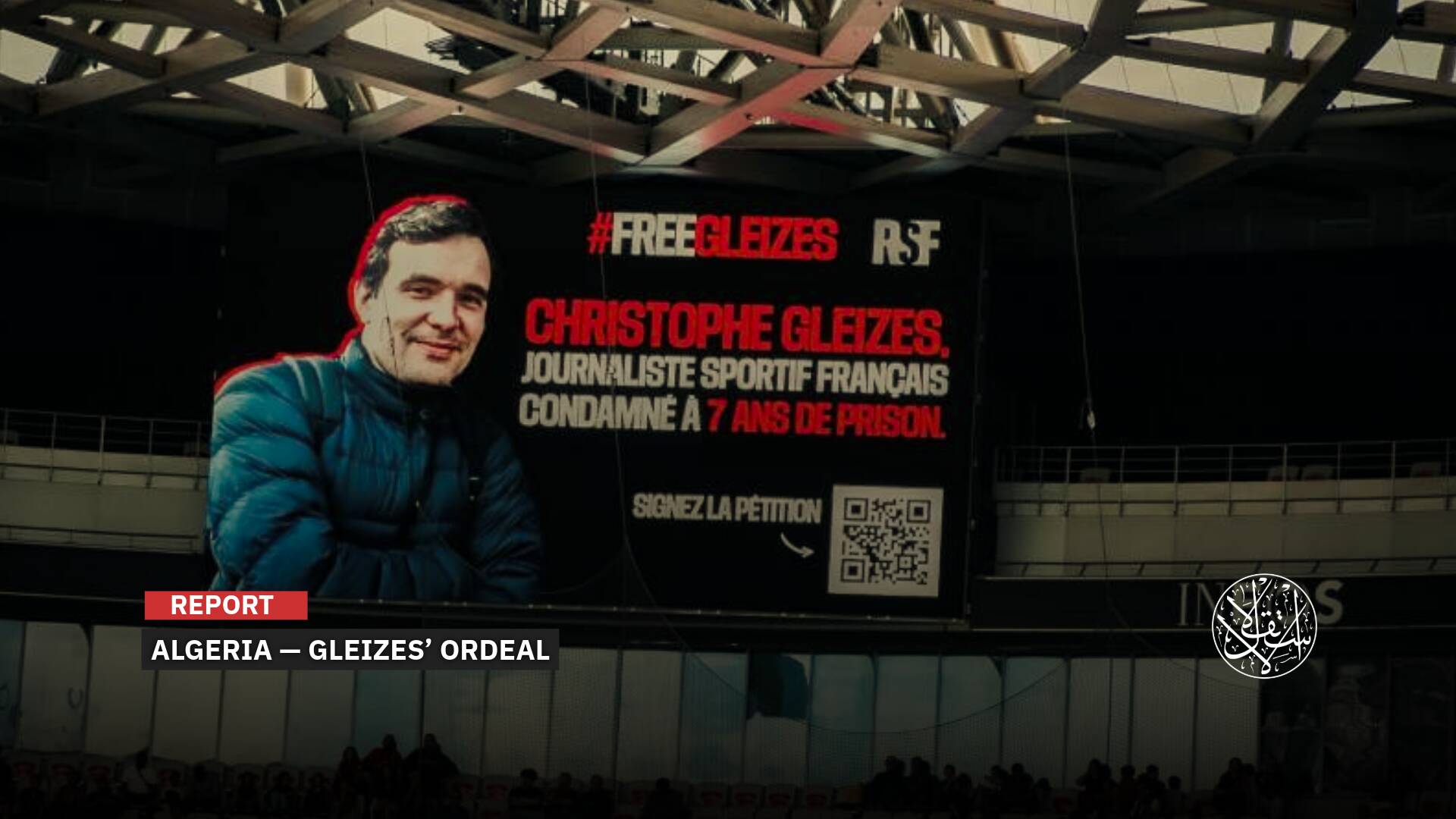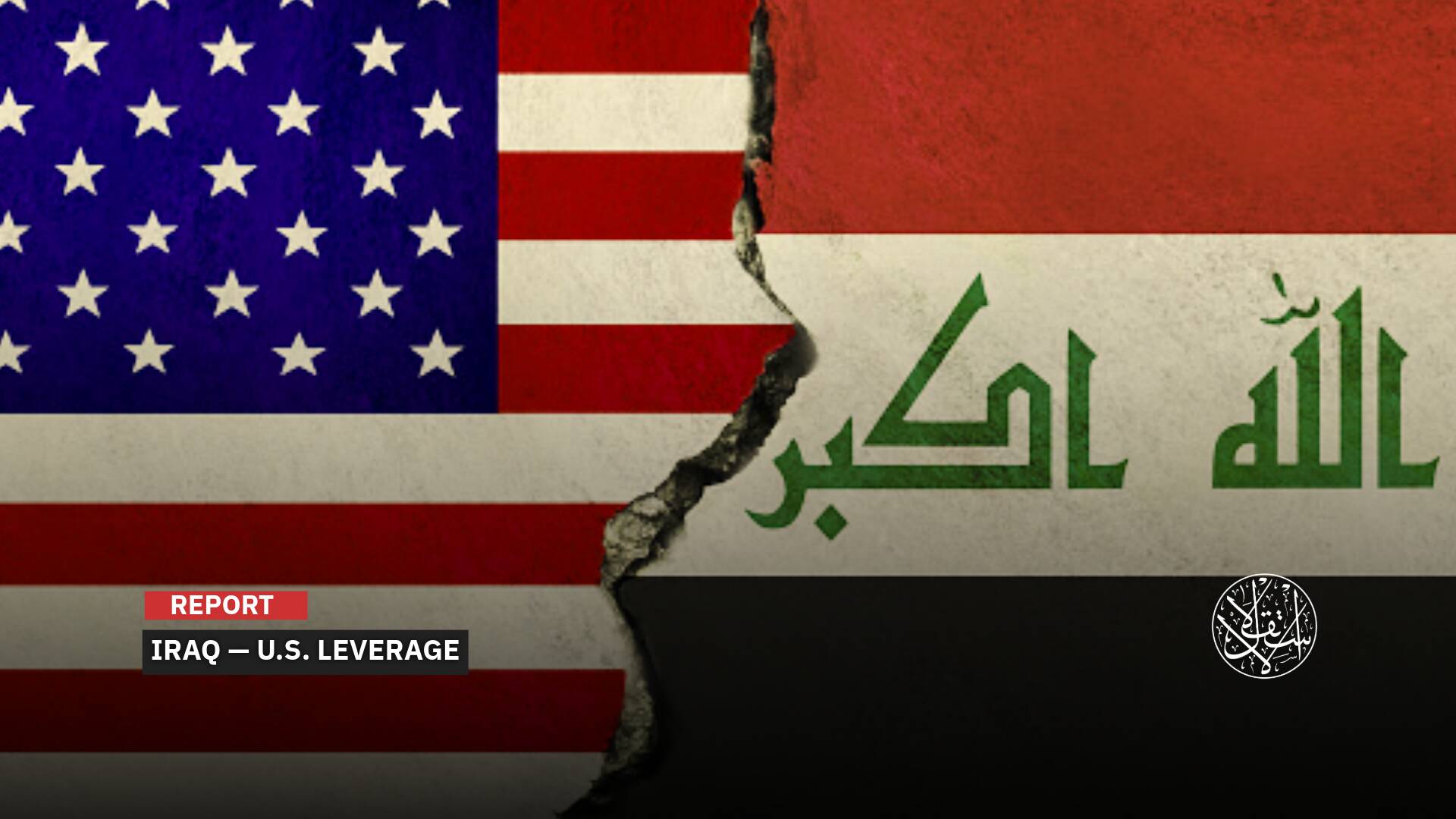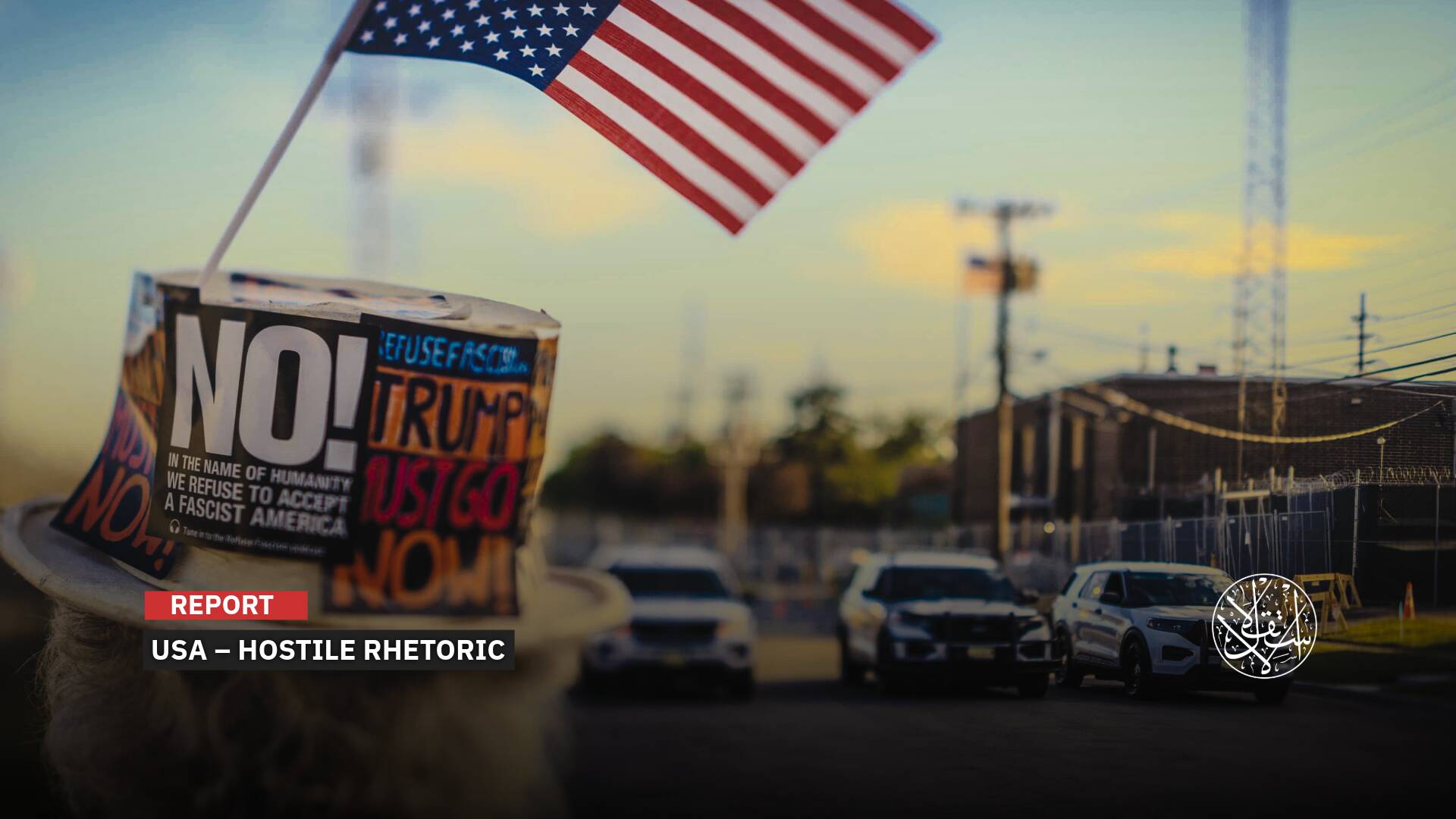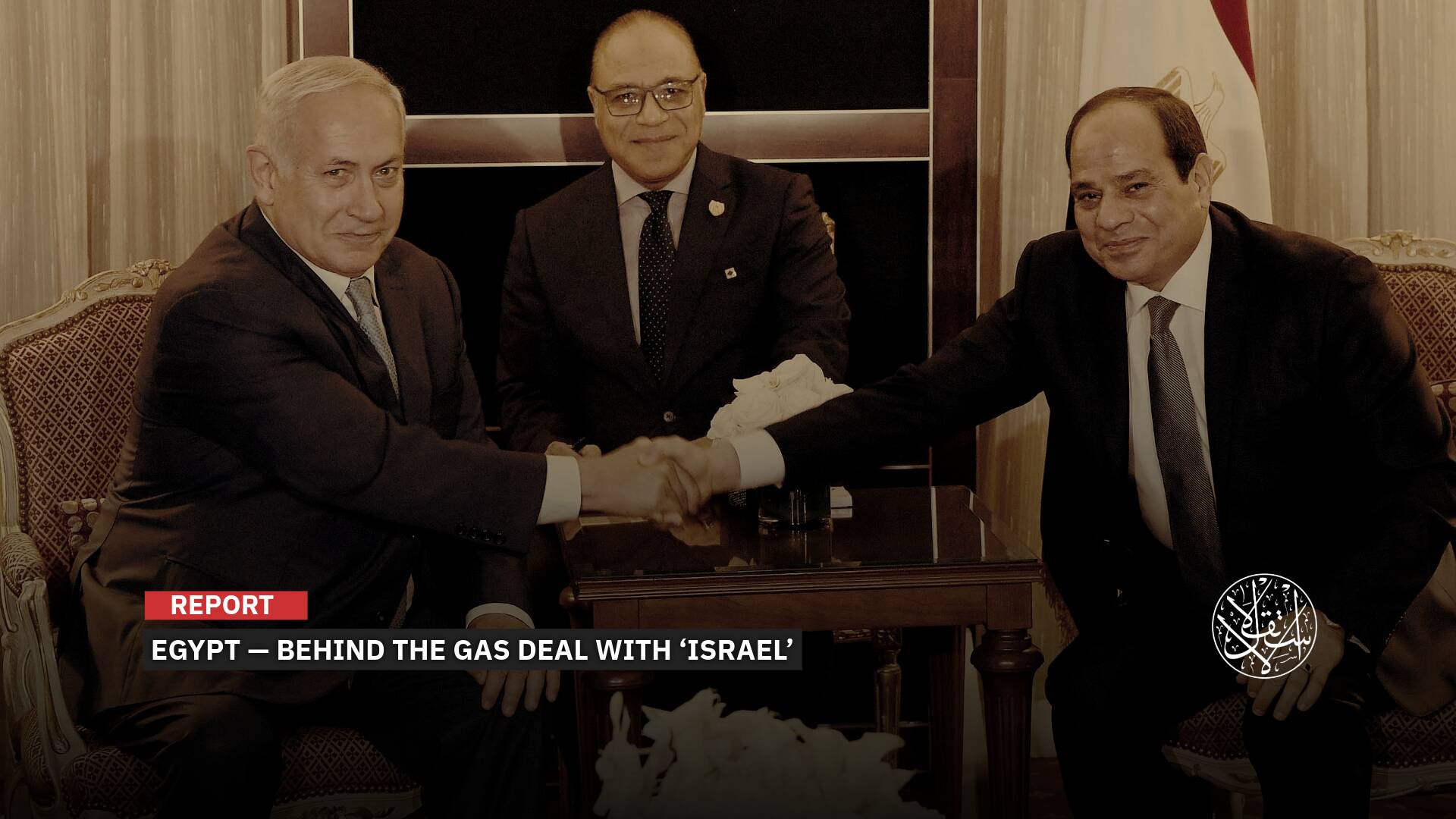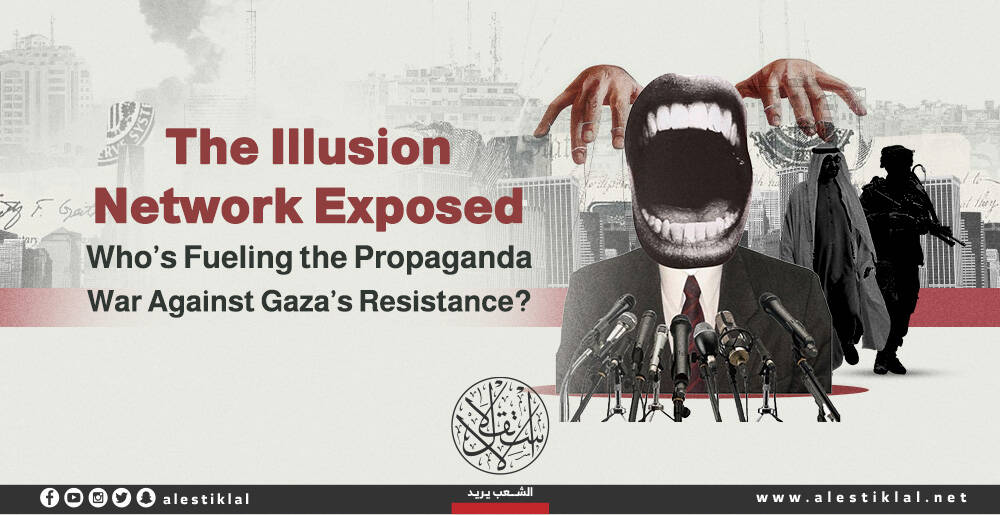Natanz and Fordow: Why Has ‘Israel’ Failed to Stop Iran’s Nuclear Program?

Major enrichment facilities like Natanz and Fordow were built in heavily fortified mountain sites.
In the early hours of June 13, 2025, the Israeli Occupation Air Force launched an unprecedented strike at the heart of Iran’s nuclear program, targeting military and strategic facilities from Tehran to Tabriz—most notably the Natanz and Fordow enrichment sites.
Initial reports indicated that the strikes hit centrifuges and underground power and supply systems, causing a limited radiation leak inside Natanz and localized damage in Fordow. Tehran, however, insisted there was no external contamination threatening the public.
Israeli Occupation’s choice to strike these two sites aligns with its well-known doctrine of “preemptive disruption,” as Natanz has long been the central hub of Iran’s uranium enrichment.
Fordow, buried deep within Mount Shah Kuh, serves as a fortified fallback should other facilities be destroyed.
With this attack, “Israel” sends a dual message: first, its intent to breach Iran’s most heavily fortified defenses; and second, its determination to target every link in the chain that could lead Tehran to the nuclear threshold.
It also raises questions about “Israel’s” persistent focus on the technical and scientific infrastructure at Natanz and Fordow—considered the lifeblood of Iran’s nuclear efforts.

Natanz Nuclear Facility
The Natanz uranium enrichment facility, considered the core of Iran’s nuclear project, is located in Isfahan Province, about 220 kilometers southeast of Tehran.
Iran built the site in complete secrecy until it was exposed in 2002. It spans an area of roughly 2.7 square kilometers.
The reactor was constructed eight meters underground, behind 2.5-meter-thick concrete walls, surrounded by barbed wire, air defense systems, and Revolutionary Guard forces—making it a uniquely fortified site, difficult to penetrate by air or land.
Natanz was designed to house tens of thousands of centrifuges operating with gas centrifuge and laser isotope separation technologies. Its capacity is theoretically enough to produce uranium for more than twenty nuclear warheads per year.
A leaked report by the International Atomic Energy Agency (IAEA) in 2003 revealed traces of weapons-grade enriched uranium in samples taken from the site.
Over the years, Iran's stockpile has grown. In November 2020, the IAEA announced that the amount of low-enriched uranium stored at Natanz had reached 2,442.9 kilograms.
That’s twelve times the limit set by the 2015 Iran nuclear deal signed in Lausanne with the United States, China, Russia, Germany, France, and the United Kingdom.
According to the Institute for Science and International Security, this stockpile is enough to build at least two nuclear weapons.

The Importance of the Targets
This is precisely why “Israel” placed Natanz at the top of its target list. Since the 2010 Stuxnet cyberattack, the site has been the focus of a series of explosions, power outages, and sabotage attempts.
Following a mysterious explosion in July 2020, “Israel” was widely believed to have carried out a deliberate campaign of disruption targeting Natanz to set back Iran’s nuclear timeline.
Even the U.S. administration under Donald Trump reportedly considered a military strike on Natanz in November 2020, according to The New York Times.
Natanz holds strategic importance as the main artery of Iran’s enrichment program. Any damage or destruction to the site could push Iran’s nuclear progress back by years.
This explains Israeli Occupation’s repeated attempts to strike it—each blow is calculated as a critical delay that pushes Tehran further from the nuclear threshold.
Second on the Israeli Occupation’s target list is the Fordow uranium enrichment facility, built deep inside Mount Kuh near the city of Qom, around 90 kilometers southwest of Tehran.
Fordow serves as Iran’s nuclear fallback site—meant to keep the program running in case surface-level facilities are destroyed.
The site remained secret until U.S. intelligence exposed it in mid-2009, forcing Tehran to acknowledge its existence under intense international pressure.
According to estimates cited by former U.S. President Barack Obama, Fordow houses around 3,000 centrifuges spread across halls buried some 90 meters underground, giving it a degree of protection against conventional airstrikes.
Iran officially claims Fordow enriches uranium to 20% purity for producing radioactive isotopes used in cancer treatment at a medical research reactor in Tehran.
However, intelligence experts say the facility’s design and more limited capacity—compared to Natanz—make it ideal for producing small batches of highly enriched uranium suitable for nuclear weapons.
The Mountain Vault
Because of these factors, Fordow is seen as the “mountain vault” of Iran’s nuclear program and ranks just behind Natanz on Israeli Occupation’s target priority list.
“Israel” believes that destroying, disabling, or even disrupting Fordow, and forcing Tehran to relocate equipment, could turn back Iran’s nuclear clock and complicate any covert push toward nuclear weapons.
During the June 13, 2025 attack, Israeli bombers breached Fordow’s mountain defenses and hit two specific points.
Iran’s Atomic Energy Organization claimed the damage was minor and that there was no radiation leak.
However, comments from spokesman Behrouz Kamalvandi revealed a key detail: Iran had anticipated such an attack and moved much of its equipment and materials in advance.
“Thankfully, none of the facilities reported any loss of life. We assure the noble people that while there have been other instances where the nuclear industry has been damaged, we have rebuilt far better. With our capabilities, technology, resources, and motivated, specialized human resources, God willing, this will be compensated,” stated Kamalvandi.
In short, “Israel” targeted Fordow for the same reasons it struck Natanz—with an added motive: disabling it would prevent Iran from maintaining a hardened underground alternative.

Israeli Failure
Despite the recent airstrike on Iran’s nuclear facilities, a report by the Israeli Institute for National Security Studies, published on June 14, stated that “Israel” has so far failed to inflict lasting strategic damage or completely disable the vital infrastructure of Iran’s nuclear program.
The report described this as a persistent relative failure to achieve decisive military objectives. In light of this shortcoming, the institute suggested that “Tel Aviv” may have to rely on U.S. support if it decides to pursue a full-scale attempt to destroy Iran’s nuclear infrastructure.
This raises questions about Washington’s willingness to deploy its strategic bombers for a mission that could trigger major escalation and possibly a regional war.
According to Iranian military sources quoted by local media, including Fars News Agency, the Israeli Occupation’s failure is largely due to the fact that Iran’s main enrichment sites—Natanz, Fordow, and Arak—were built in highly fortified mountain areas, at depths that in some cases reach dozens of meters underground.
These facilities were specifically designed to withstand intense airstrikes, including attacks with conventional bunker-busting munitions.
Iranian reports also highlight a key military limitation for “Israel”: it lacks the bombs required to destroy such deeply buried sites.
The only known weapon capable of penetrating more than 60 meters of reinforced concrete or rock is the GBU-57, or “Massive Ordnance Penetrator,” which weighs over 12 tons.
This type of bomb can only be carried and deployed by heavy U.S. bombers like the B-2 Spirit, which are not part of Israeli Occupation’s arsenal.
Even “Israel’s” advanced F-35 fighter jets, despite their technological edge, are incapable of carrying such a large and heavy bomb—clearly limiting Israeli Occupation’s military options.
So while “Israel” has succeeded in temporarily disrupting some facilities and unsettling enrichment operations through explosions and cyberattacks, the operational reality on the ground shows that it still lacks the ability to deliver a decisive blow to Iran’s nuclear infrastructure without direct U.S. involvement.
In that sense, its failure to neutralize these sites appears to be more a matter of joint political decision-making with Washington than just a question of limited strikes.
Sources
- Iran Reports Radiation Contamination Inside Natanz Nuclear Facility [Arabic]
- Kamalvandi: Limited damage caused to some areas in Fordow
- Amid Israeli strikes, why is it so difficult to destroy Iran's nuclear reactors? [Arabic]
- Iran: No Nuclear Contamination After Israeli Attack on Fordow Facility [Arabic]
- The Natanz Explosion from an Iranian Perspective (Analysis) [Arabic]
- What We Know About the Natanz Nuclear Facility, Which Iranian Officials Have Confirmed Is Safe [Arabic]
- Iran Announces Moving Fordow Nuclear Facility Equipment to a Safe Location Before Israeli Attack [Arabic]
- Israeli National Security Studies Institute: Israel’s Ongoing Failure to Severely Damage Iran’s Nuclear Infrastructure May Push the U.S. to Intervene Directly [Arabic]



